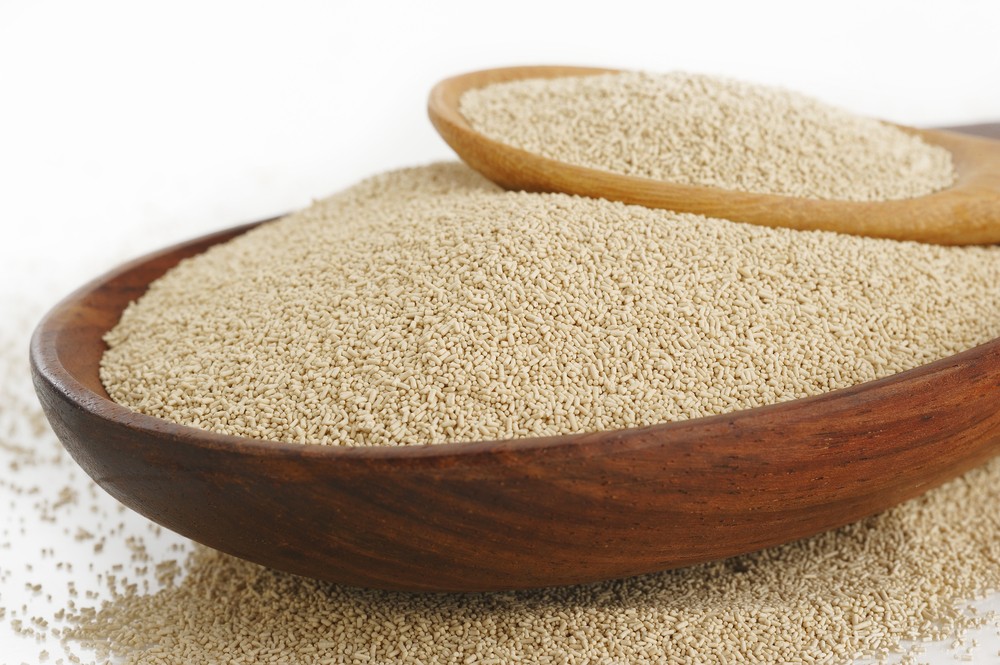TASTY IS NOT SWEET, SOUR, BITTER OR SALTY... IT IS UMAMI!

How can we define the taste of meat? Chicken with sweet and sour sauce, salty bacon, spicy sausages... We can combine other flavors with the meat taste. But the taste of the meat is different; it is not like any of them. Because the taste of meat is associated with another taste definition called umami. Although this taste is related to an amino acid called glutamic acid, it is mainly a component that emerges after cooking.
Warnings occur in separate parts of our brain for sweet, salty, sour, and bitter. Sugar is a necessary nutrient, so we perceive it as delicious and sweet. We can't survive without salt, and we're looking for the taste of salt, but eating too much sugar or salt is dangerous, so we perceive small amounts of it as good and too much of it as bad. Bitterness detects a potentially toxic chemical, and sourness is a sign of acidity associated with rot. The umami taste comes from grilled and roasted foods. The interesting thing is that the taste of umami also exists in breast milk. The body can synthesize glutamate. This taste makes us perceive that the food we eat is delicious, affects the neurons in our brain, and helps the digestive system work.

In industrial food production, this taste has been provided with monosodium glutamate, called Chinese salt, for years. This additive, called MSG, has been used in almost all ready-made foods. Because it can support sweet, buttery, salty, or sour flavors, make them more delicious, and increase our desire to eat. However, MSG has been blacklisted by consumers because it is not natural in recent years. Although it still continues to be used in large quantities in Asian countries, it has been banned in many other countries, especially in Europe. Is it still possible to make more delicious food?

With yeast extracts, yes! Yeasts are rich in nutritional value. After the fermentation is completed, the yeast becomes inactive after being used in the production of bread or beer. So they're losing vitality. However, it does not lose its nutritional value but also enriches in taste. Using these sources, yeast extracts that develop glutamic acid-containing flavors began to be produced. The biggest advantage of yeast extract is that it is non-allergenic and natural. It is one of the best sources of protein in the vegan and vegetarian diet, and there are many yeast extracts that support different tastes.
You can contact us for more information.
